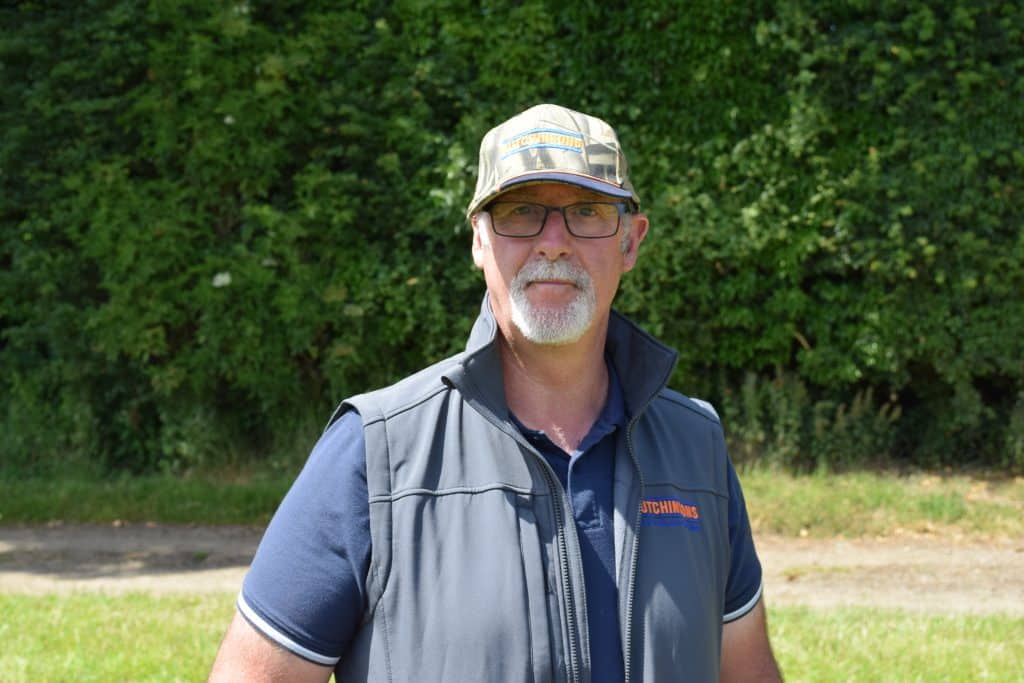Make the most of having time on your side – Agronomist & Arable Farmer
The early harvest offers an opportunity to ease autumn workloads, but an early start to cultivations and drilling might backfire ...
The early start to harvest might tempt some to make a quick start to this season, but Hutchinsons technical manager Dick Neale is advising patience.
After the prolonged dry spell, the UK’s maritime climate returned in July, resulting in some exceptional showers. However, he feels more rain is needed to change field conditions. “My advice to everyone at the moment is be patient, allow soils to regain some moisture and take time to consider future operations.”
Soil type will be crucial. Looking ahead, he feels clay soils or soils with more than 30% clay content are likely to be in reasonable condition. “These soils will have naturally cracked and fissured and will hold on to moisture. It is likely these will not need any full-field cultivation work to depth done in the autumn.”
Sandy soils, or soils with high chalk or calcium levels, will be a different story. They will have set like concrete and cannot self-structure in the same way. As these soils require cultivation ahead of drilling, now is the time to observe the field and prepare for operations in the coming months.
Check problem areas
“This isn’t the ideal time of the year to be conducting thorough soil assessments, but it is the time to see where problems might be,” Dick says. “Where crops were thinner because nitrogen application timings were compromised or crops were too stressed to take up nutrients, they will have been more even.
“If there are parts of the fields where this wasn’t the case, growers should be considering the reason for this – whether it’s high-traffic areas, damage that occurred in previous years or simply a soil texture change.”
Overall, Dick believes that soils should be in relatively good condition, despite this dry year coming after two very wet seasons. “There was a lot of damage done to soils in 2023 because of the rain, but for many 2024 establishment conditions were good, which meant much of the remedial work has already been completed.”
Just add water
Despite the technology at farmers’ disposal, Dick still sees the spade as a useful tool. Where problem areas are identified, growers should go out and dig to identify what is behind the issue.
Where the ground is rock hard, he says growers shouldn’t wait for rain. “You’re only looking for about 0.5sq m of ground, so take 20 litres of water out to the field, soak the areas and go back in the afternoon.”
This will enable growers to find out if compaction is affecting crops, or likely to affect them next season. On sandy soils, it should be possible to see to what extent the ground will slump, which will inform cultivation depth ahead of the drill.
Use the fullness of time
Dick says this time should be used to the fullest. While many will hope to get a cover crop or oilseed rape in early, this may be a mistake, especially in clay soils.
While a shower of rain might appear to have put moisture in the ground, it is possible that there is only enough to push the seed through germination. “If dry weather returns, crops may emerge and then dry out and die at the one-leaf stage.”
Attempting early cultivations, either to produce a stale seedbed or to make progress ahead of autumn drilling, could also backfire. Dick notes that while clay soils will be able to hold on to moisture after being opened though he maintains that there is little need to attempt this and that current conditions will make it nearly impossible to pull metal through at depth – sand soils have a much lower surface tension and will lose any moisture after being opened.
The existing rooting structures and stubble will also provide the best conditions to absorb rain, should it arrive in the coming weeks. “Some will worry that once it starts, it won’t know when to stop. With roots in the ground, the soil will be able to absorb rain in a controlled way.”
While it is prudent to pay close attention to your fields and ensure that everything is in place ahead of drilling, Dick emphasises that growers should be critical of every operation in the autumn.
“Moving soil is the most expensive thing a grower can do, especially in dry conditions, where it takes additional horsepower and wearing metal to get the desired outcome,” he says.
“Even the justification of blackgrass control doesn’t hold true this year. We’ve been implementing stale seedbeds for years now, and the last was one of the best sea- sons for control in recent memory, so the near surface seedbank simply isn’t there to get a good flush.”
He feels there is a potential for this to be a cheaper growing season in terms of nitrogen inputs after the compromises of last season. “Once moisture is put back into the soil, there’s a good chance that there will an excess of nitrogen ready to be released to the next crop,” he concludes.
